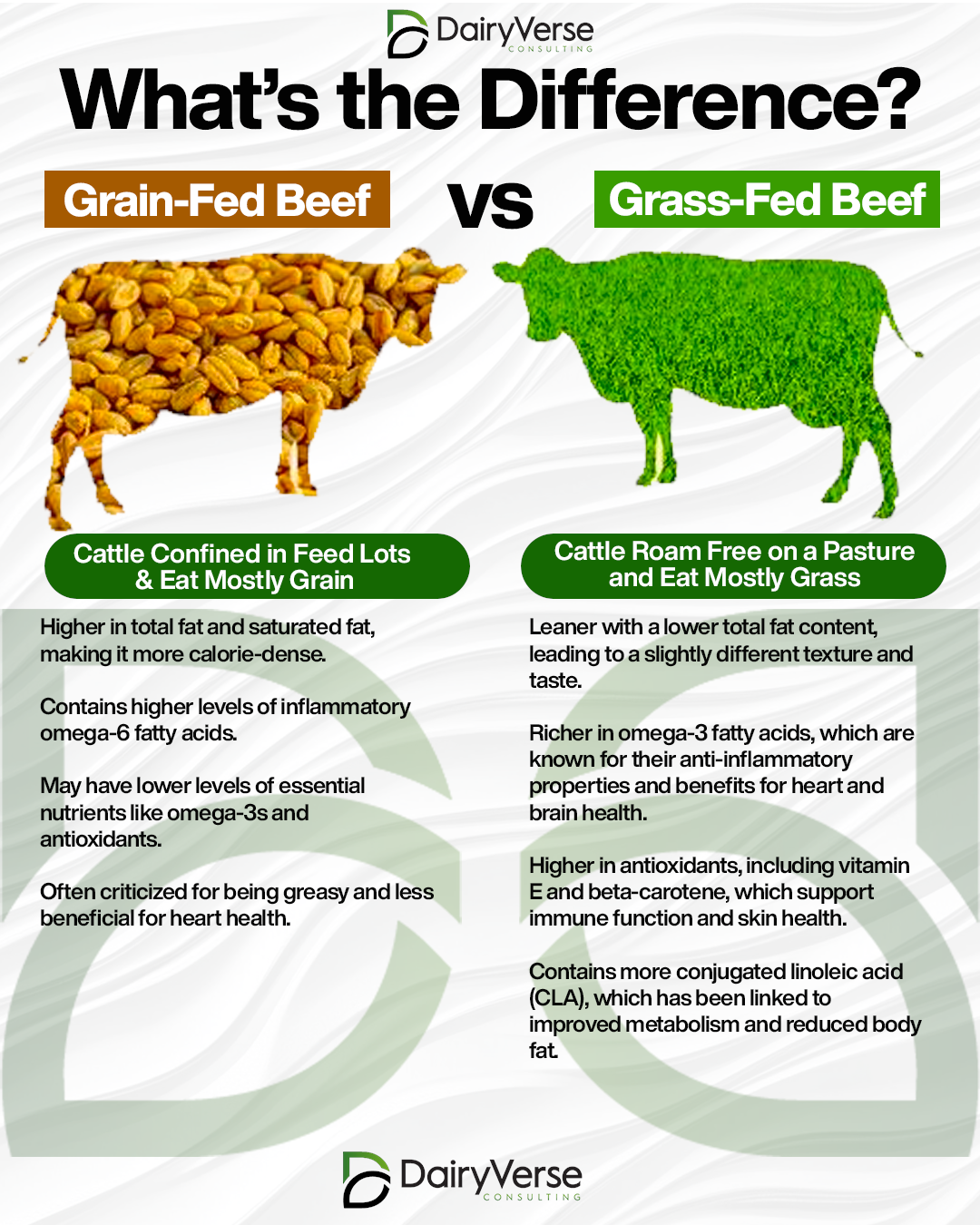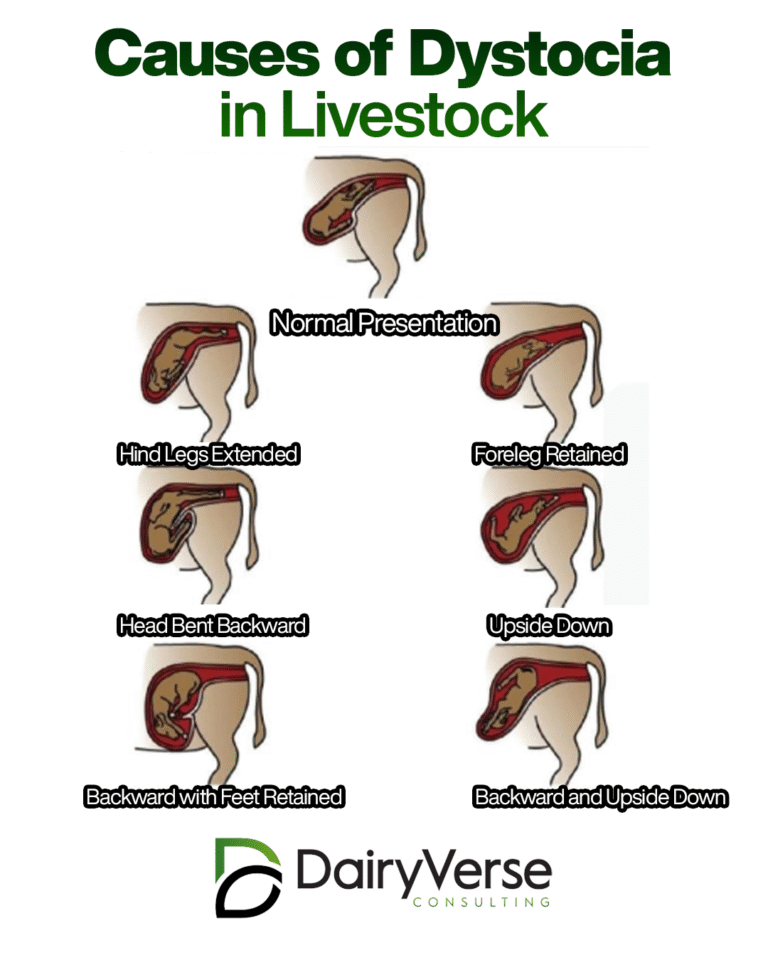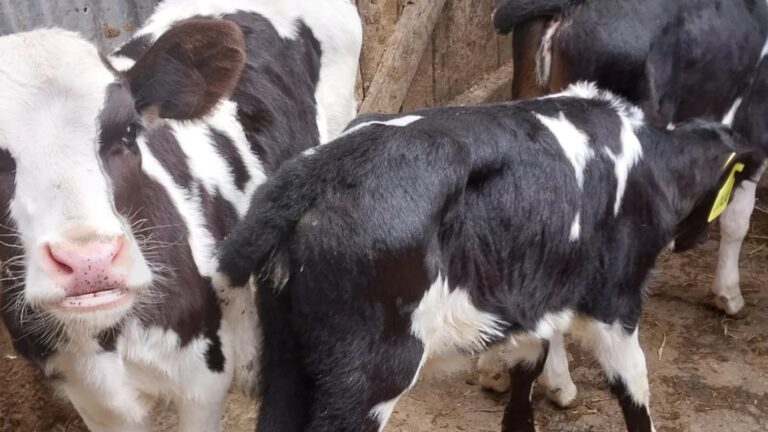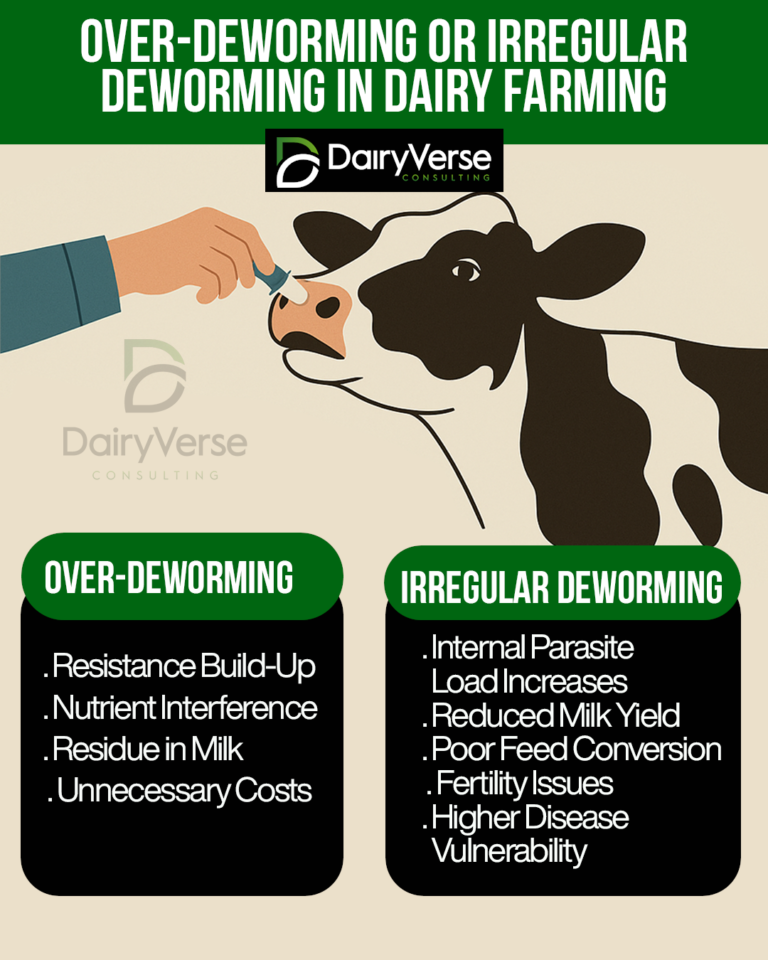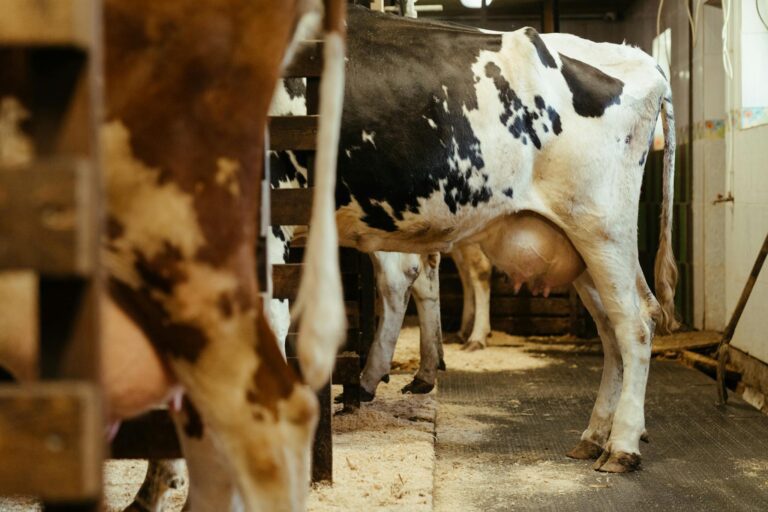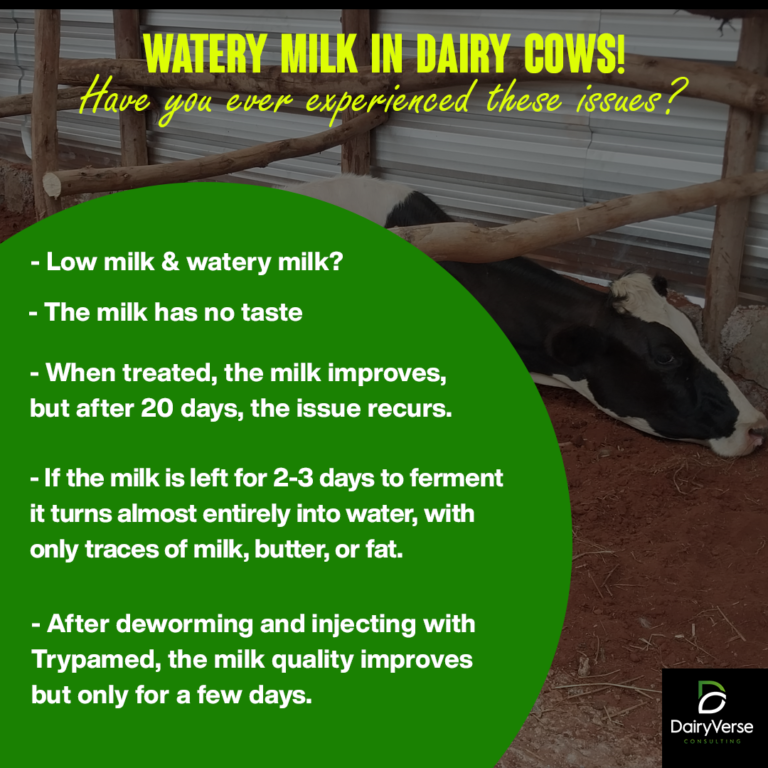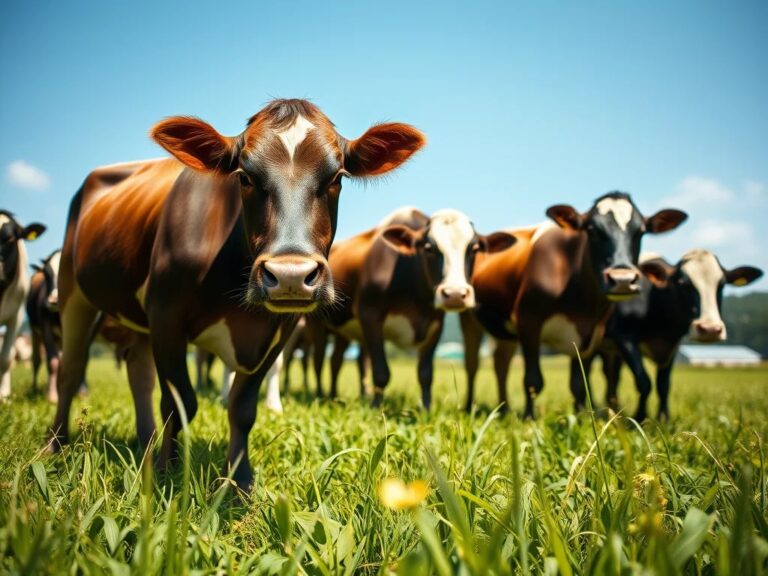Grass-Fed vs. Grain-Fed Beef: What’s the Difference?
In recent years, the debate between grass-fed and grain-fed beef has gained momentum as consumers become more conscious of their dietary choices and their impact on health and the environment. While both types of beef provide protein and essential nutrients, they differ significantly in how the cattle are raised, their nutritional profiles, and their overall effects on human health. Understanding these differences can help consumers make informed choices.
Raising Methods: How Are They Different?
Grain-Fed Beef:
- Grain-fed cattle are typically raised in confined feedlots, also known as concentrated animal feeding operations (CAFOs).
- Their diet consists primarily of grains such as corn and soy, along with grain by-products.
- These cattle are often given growth hormones and antibiotics to maximize growth and prevent disease.
- The goal of grain-feeding is to produce larger cattle with more fat, resulting in a marbled texture that is considered desirable in many markets.
Grass-Fed Beef:
- Grass-fed cattle graze on pasture and consume only grass or forage for their entire lives.
- They are not typically confined to feedlots and are allowed to roam freely, mimicking their natural environment.
- Grass-fed cattle generally take longer to reach market weight since they do not consume calorie-dense grains.
- In many cases, grass-fed beef is raised using organic and sustainable farming practices.
Nutritional Differences
The differences in diet lead to distinct nutritional profiles between grass-fed and grain-fed beef. Here’s how they compare:
Grain-Fed Beef:
- Higher in total fat and saturated fat, making it more calorie-dense.
- Contains higher levels of inflammatory omega-6 fatty acids.
- May have lower levels of essential nutrients like omega-3s and antioxidants.
- Often criticized for being greasy and less beneficial for heart health.
Grass-Fed Beef:
- Leaner with a lower total fat content, leading to a slightly different texture and taste.
- Richer in omega-3 fatty acids, which are known for their anti-inflammatory properties and benefits for heart and brain health.
- Higher in antioxidants, including vitamin E and beta-carotene, which support immune function and skin health.
- Contains more conjugated linoleic acid (CLA), which has been linked to improved metabolism and reduced body fat.
Health Implications
Due to its higher omega-3 and antioxidant content, grass-fed beef is often considered the healthier option. Some of the benefits include:
- Better Heart Health: The higher levels of omega-3s in grass-fed beef can support cardiovascular function and reduce inflammation.
- Lower Risk of Chronic Disease: The balance of fatty acids in grass-fed beef may lower the risk of conditions like obesity, diabetes, and heart disease.
- Improved Nutrient Intake: The increased presence of vitamins and antioxidants in grass-fed beef can contribute to overall wellness and immune function.
However, grain-fed beef is often more accessible and affordable, making it the preferred choice for many consumers. While it may have a higher fat content, moderation and a balanced diet can help mitigate potential health risks.
Environmental and Ethical Considerations
Grass-fed beef is often associated with more sustainable and humane farming practices. Since these cattle graze on natural pastures, they contribute to soil health and biodiversity. Conversely, grain-fed cattle raised in feedlots require significant amounts of grain, water, and land, leading to higher environmental impacts such as deforestation, soil degradation, and increased greenhouse gas emissions.
From an ethical standpoint, grass-fed cattle typically have better living conditions compared to those in confined feedlots. The freedom to graze and a more natural diet align with humane farming practices.
Which One Should You Choose?
The decision between grass-fed and grain-fed beef depends on personal preferences, health goals, and budget considerations. Here are some key takeaways:
- If you prioritize health benefits, grass-fed beef is the superior choice due to its leaner profile and higher levels of beneficial nutrients.
- If taste and texture are your main concerns, grain-fed beef is often more tender and marbled, which some people prefer.
- If sustainability and ethics matter to you, grass-fed beef is a more environmentally friendly and humane option.
- If cost and accessibility are major factors, grain-fed beef is typically more affordable and widely available.
Regardless of the choice, it is essential to consume beef as part of a balanced diet that includes a variety of nutrient-dense foods. Opting for quality sources and considering the impact of your dietary choices can lead to better health and a more sustainable food system.
Final Thoughts
The grass-fed vs. grain-fed beef debate highlights the importance of understanding where food comes from and how it impacts health and the environment. While both options have their advantages, grass-fed beef stands out as a healthier and more sustainable choice. However, personal preferences and budget constraints also play a crucial role in making the best decision for you and your family. As awareness grows, more consumers are seeking transparent labeling and ethical sourcing, making it easier to choose high-quality beef that aligns with their values.

